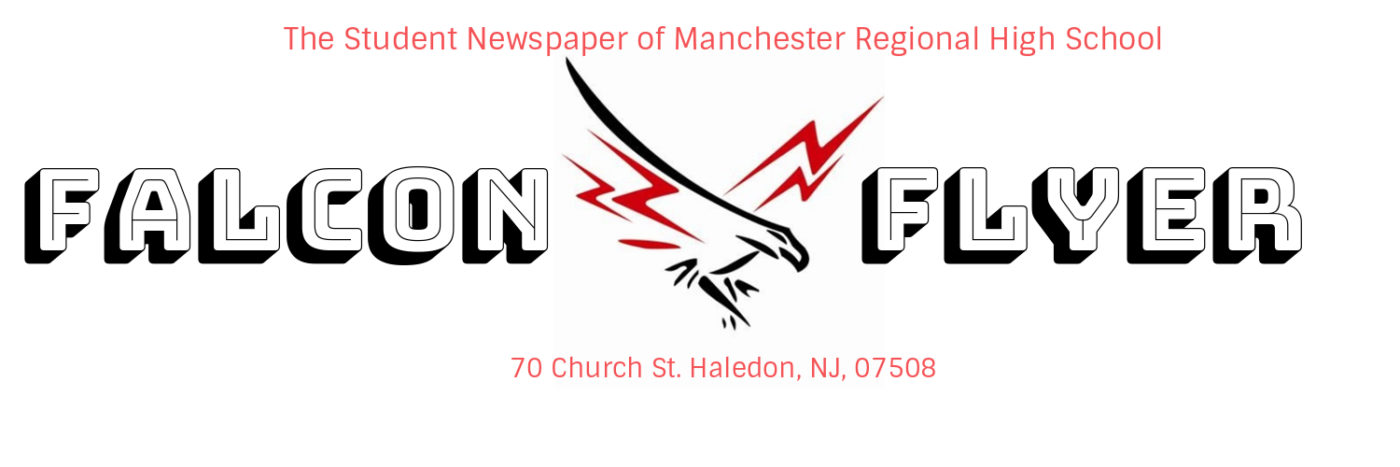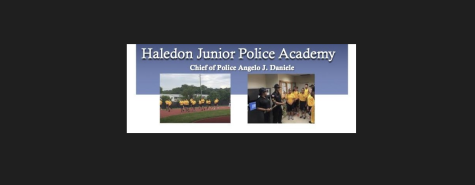Tech classes are soaring to new heights at MRHS
Due to the high level of interest in last year’s drone club, MRHS introduced a new class to the 2019 technology department, the Drone Class. The class allows for students to simultaneously work on various projects. Separated into five groups, the class switches projects roughly every two weeks so that everyone gets to try different projects and work with different classmates. Since the class began with an interest in drones, Mr. Yob designed two groups out of the five for specific drone activities.
The first group is the rescue drone group and the second group is the racing drone group. There are two main differences between the rescue group and the racing group. The rescue group goes on imagined Legoman rescue missions where Lego figures are hidden in either the Innovation Center or the hall outside Mr. Yob’s classroom. The group is meant to work as a team in order to rescue the Lego characters. The team practices coding in order to get their drones to fly where the Legoman is located instead of flying the drones through the use of a controller and VR goggles.
The second group is the drone racing group. In this group, the students fly the drones with VR goggles and controllers through an obstacle course in the innovation center. Once the flying is complete, mathematics come into the picture as the teams are tasked with calculating the speed, distance, and time it took for the drone to travel through the course.
A third group in the class spends time testing online Virtual Reality simulation programs to determine if they are educationally substantial. This is important because VR is an expanding, 21st Century teaching tool that can make learning fun at MRHS. One of the programs, that the group was testing, taught students how to build a car. It gave insightful thoughts and hands on experiences that can’t be obtained in a standard classroom. It also showed the mechanical aspects involved in car maintenance. Ms. Morstatt, the Innovation Center’s Library Media Specialist, also takes classes on virtual field trips using this new technology. English classes have begun to take advantage of this opportunity to enhance the reading of the novels in class.
A fourth group researches and uses podcasting equipment that can later be sent out to English classes or any other classes that are interested. The goal for this group is to teach students how to be experts in this field so that they can teach others and spread the technology throughout the school’s classrooms. Rayvon Barrett, a student in the class currently working with the podcast group, said, “I like it because it’s fun, but I’m also learning.”
In the end, the class, as fun as it sounds, is much harder than what first meets the eye. For example, one of the drone groups has to do a multitude of calculations in order to determine how fast the drone is moving. It requires some deep level critical thinking while students are engaging with the drones.
By taking this class students are given the opportunity to test for the Federal Aviation Administration Drone License which means they can someday fly drones and get paid to do so. Modern construction companies use drones to view inside chimneys, underneath decks, and roofs of properties all in hopes to help advance their work. Realtors have also used drones to get better images of homes and available property lots on the market. This gives the consumer a better look at what is actually available to them. In other words, a drone license can open up employment opportunities for years to come.
The MRHS Drone Department will continue to expand as the use of technology is ever growing. In the next few years there is a hope to obtain even more drones for the class and to add more sections of drone classes so that students can fit them into their 21st Century schedules.











